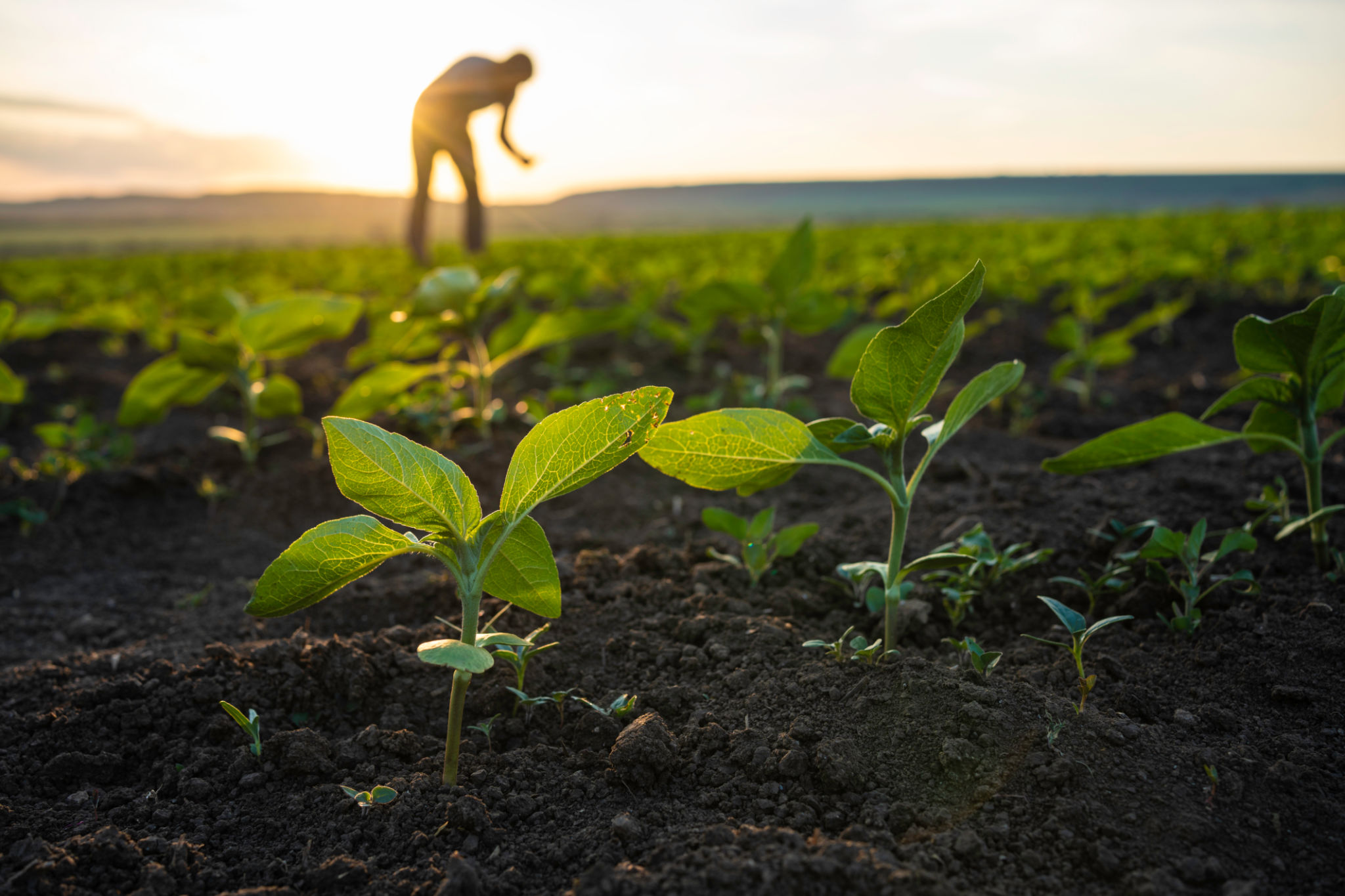Essential Guide to Waste Transport and Disposal in the Philippines
Understanding Waste Transport and Disposal
The proper management of waste is a critical issue globally, and the Philippines is no exception. With increasing urbanization and industrialization, effective waste management has become more essential than ever. Waste transport and disposal involve various stakeholders, including local governments, private companies, and the community, all working together to ensure that waste is handled responsibly and sustainably.

The Importance of Waste Segregation
At the core of effective waste management is the process of segregation. This involves separating waste into categories such as biodegradable, recyclable, and hazardous waste. Proper segregation helps in reducing the amount of waste that ends up in landfills and facilitates recycling efforts. In the Philippines, Republic Act 9003, known as the Ecological Solid Waste Management Act of 2000, mandates waste segregation at source, which is crucial for efficient waste management.
Biodegradable Waste
Biodegradable waste includes organic material such as food scraps and garden waste. This type of waste can be composted to create nutrient-rich soil that can be used to enhance agricultural productivity. Composting not only reduces landfill waste but also recycles nutrients back into the ecosystem.
Recyclable and Hazardous Waste
Recyclable waste comprises materials like paper, plastic, glass, and metals that can be processed and reused. Recycling helps conserve resources and energy while reducing pollution. Hazardous waste, on the other hand, includes items such as batteries, paints, and chemicals that require special handling to prevent environmental contamination.

Disposal Methods in the Philippines
In the Philippines, common waste disposal methods include sanitary landfills, incineration, and composting. Sanitary landfills are designed to minimize environmental impact by containing and isolating waste. Incineration is another method used to reduce waste volume, though it must be managed carefully to avoid air pollution.
Challenges in Waste Management
Despite the existing systems, several challenges hinder effective waste management in the Philippines. These include inadequate infrastructure, lack of public awareness, and insufficient enforcement of laws. Addressing these challenges requires a concerted effort from both the government and citizens to prioritize sustainable practices.

The Role of Government and Community
The government plays a vital role in regulating and managing waste through policies and programs. Local government units (LGUs) are responsible for implementing waste management plans within their jurisdictions. Community involvement is equally important, as public participation in segregation and recycling initiatives can significantly enhance waste management efforts.
Innovative Solutions and Future Directions
To address the growing waste problem, innovative solutions are being explored. These include the development of eco-parks where waste can be processed sustainably, and the use of technology to improve waste collection efficiency. The future of waste management in the Philippines lies in adopting sustainable practices and leveraging technology to create a cleaner environment.
In conclusion, effective waste transport and disposal are crucial for environmental preservation in the Philippines. By understanding the importance of segregation, exploring various disposal methods, overcoming challenges, and embracing innovative solutions, the country can move towards a more sustainable future.
